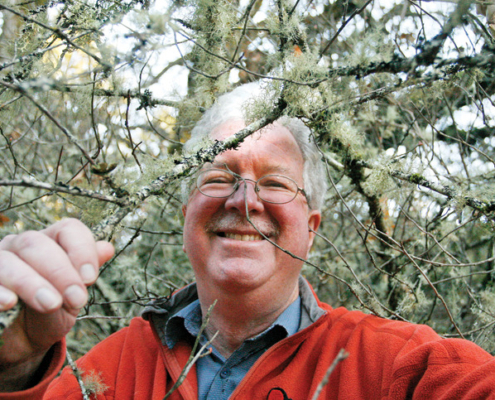
Lichen names up for auction
After discovering two new lichen species in the southern Interior, lichenoligist Trevor Goward decided to donate the naming rights to raise money for conservation causes.
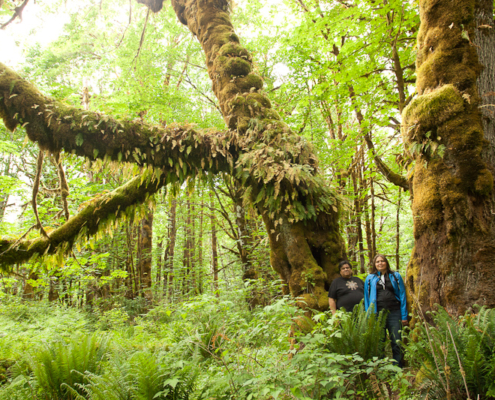
‘Canada’s mossiest rainforest’ needs protection, Island groups say
The Alliance and Hul'qumi'num Treaty Group have earmarked two stands near Cowichan Lake of giant old-growth bigleaf maple trees, which they're describing as "Canada's mossiest rainforest," and want the provincial government to buy the stands from TimberWest.

Media Release: Canada’s Mossiest Rainforest
Unlike other spotlighted old-growth forests in British Columbia that have all been “coniferous” or needle-leaf trees (fir, cedar, spruce, etc.), this is an old-growth “deciduous” or broad-leaf forest. The “Mossy Maple Rainforest” is found near Cowichan Lake on southern Vancouver Island in Hul’qumi’num First Nations territory.
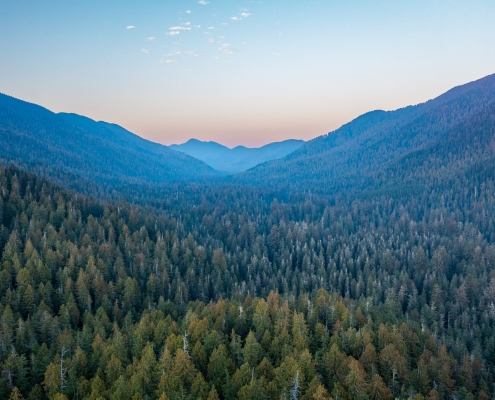
New Species Conservation Auction – Name That Lichen!
Your name would be enshrined as a legacy that could endure as long as our civilization lasts!
Having your name - or that of a loved one, your favourite celebrity, role model, hero, sports team - linked to a living species is a legacy that lasts a long time. It has been almost three centuries since the modern system of biological classification was developed by Carolus Linnaeus; and even now the names of people after whom he christened various plants and animals are still with us.
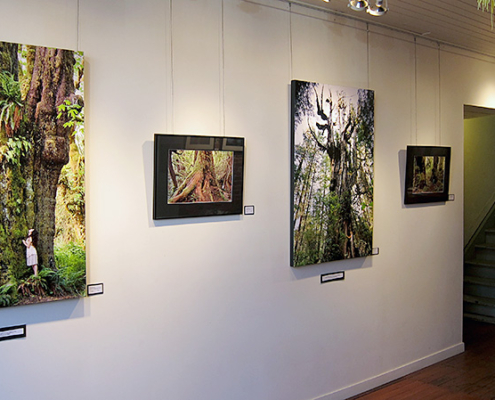
Ancient Forest Photo Exhibit & Sale – Ends this Friday at 5pm!
Seeing the Forest for the Trees is a stunning photographic exhibit that brings art and conservation under one roof. Art aficionados, nature lovers, and early holiday shoppers - this is your chance to pick up the perfect eco-friendly gift for yourself or a loved one in time for the holidays and help protect our ancient forests at the same time!
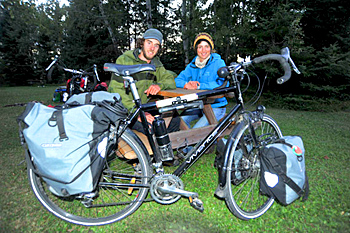
Til’ The Last Tree – Slideshow of Cross Canada Bike Tour
The pair will be sharing stories and an incredible slideshow highlighting the amazing adventures, diverse birds and wildlife, spectacular landscapes and ecosystems that they encountered during their 11,000 kilometer cycling ...and bird-watching journey! Monday, Nov.14th, 7-8:30PM, Garry Oak Room - Fairfield Community Association. 1335 Thurlow Rd, Victoria. Map: https://g.co/maps/hskn7, by donation.
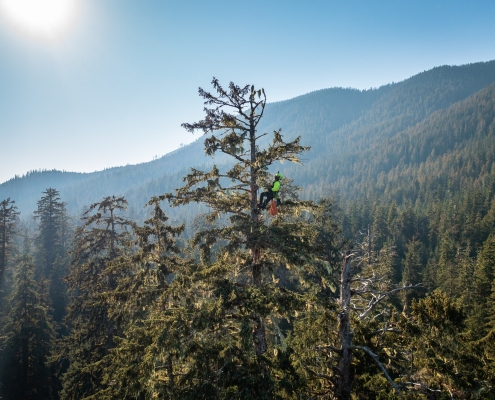
Protect McLaughlin Ridge YouTube Clip (1min)
The McLaughlin Ridge is a 500 hectare tract of ancient Douglas-fir forest near Port Alberni that biologists have classified as both critical habitat for wintering deer and nesting endangered Queen Charlotte goshawks. Conservationists would like the BC government to protect the old-growth forest on private land on McLaughlin Ridge by purchasing it from Island Timberlands.

Chainsaw buzz stirs up once-protected old growth
Environmentalists want the province to buy a tract of previously protected oldgrowth forest near Port Alberni that is now being logged by Island Timberlands. McLaughlin Ridge was classified as critical habitat for wintering deer and endangered Queen Charlotte goshawks until 2004, when the province allowed it to be removed from a tree farm licence
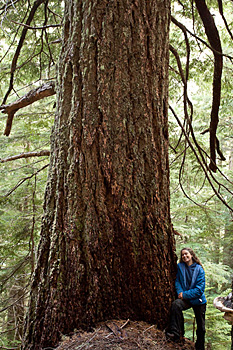
Protect McLaughlin Ridge! Please take 5 minutes to write a quick email!
PLEASE take 5 minutes and WRITE a Letter to Minister of Forests Steve Thomson at: steve.thomson.mla@leg.bc.ca and Minister of the Environment Terry Lake at: terry.lake.mla@leg.bc.ca

Critics insist logging harms wildlife
In 2004, the B.C. government removed 88,000 hectares of land now owned by Island Timberlands from their Tree Farm Licenses. Critics say this removed most of the environmental protections formerly acknowledged on those lands.
